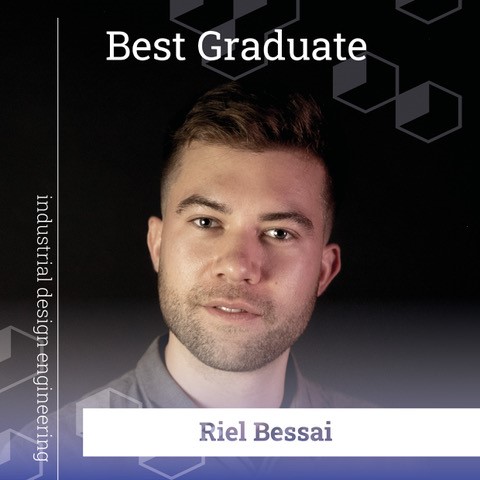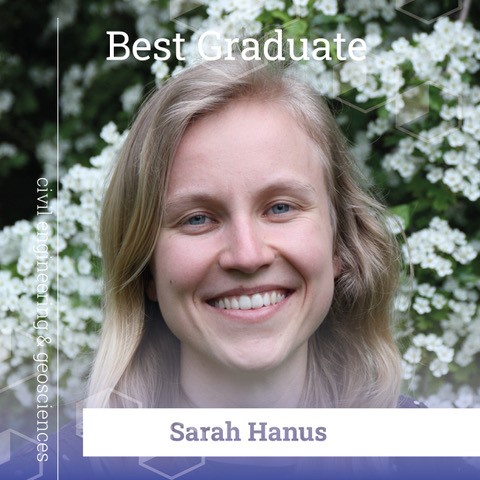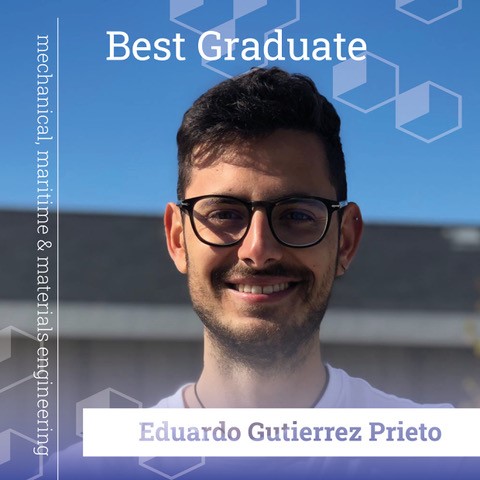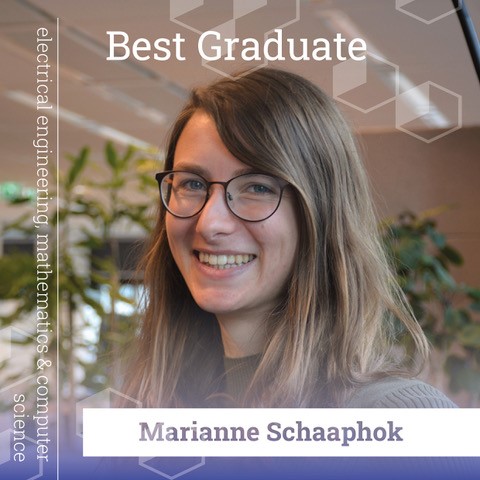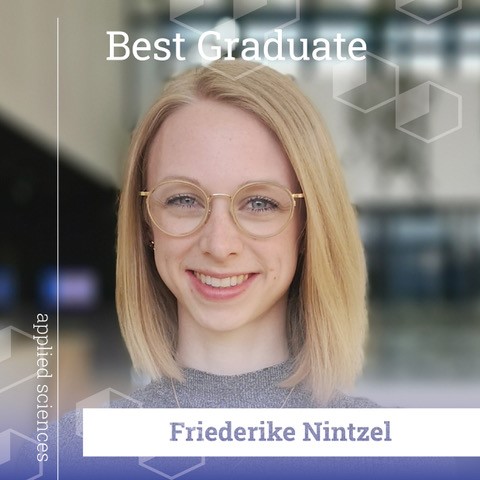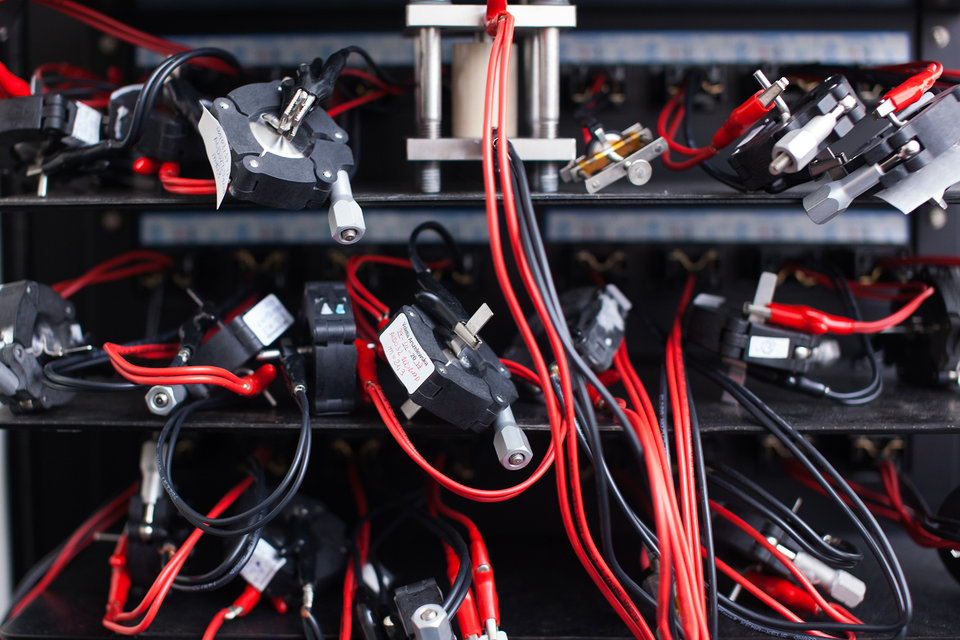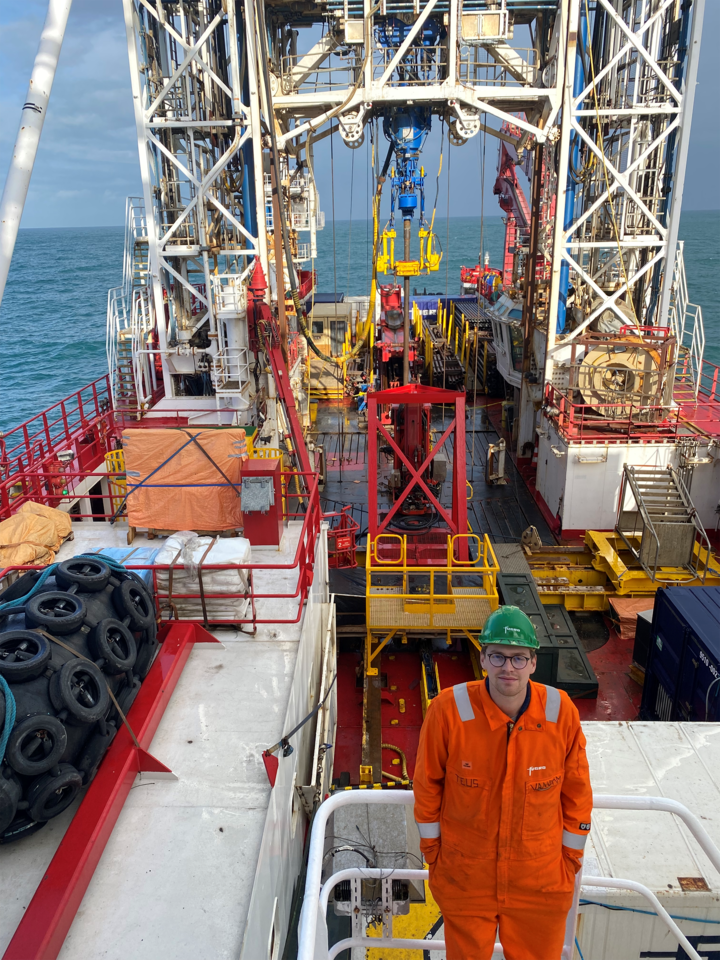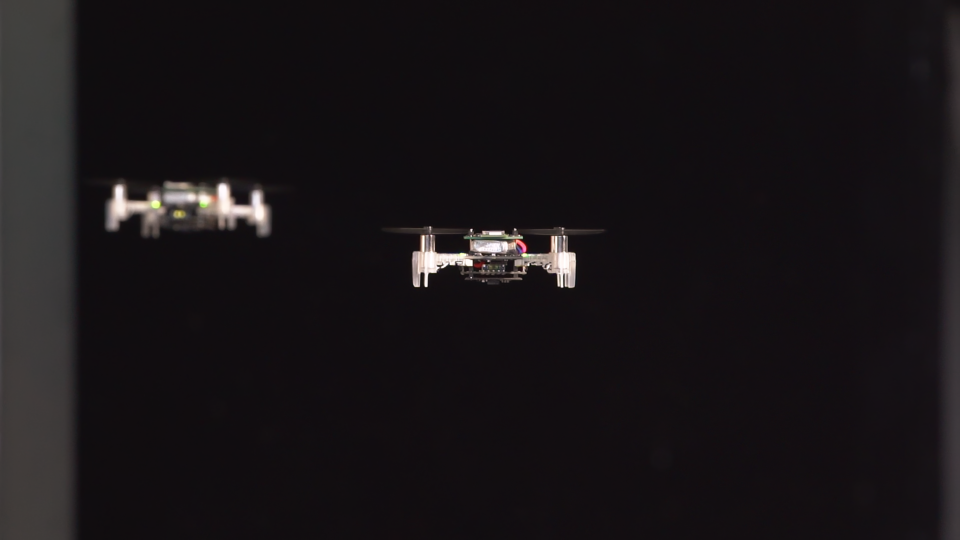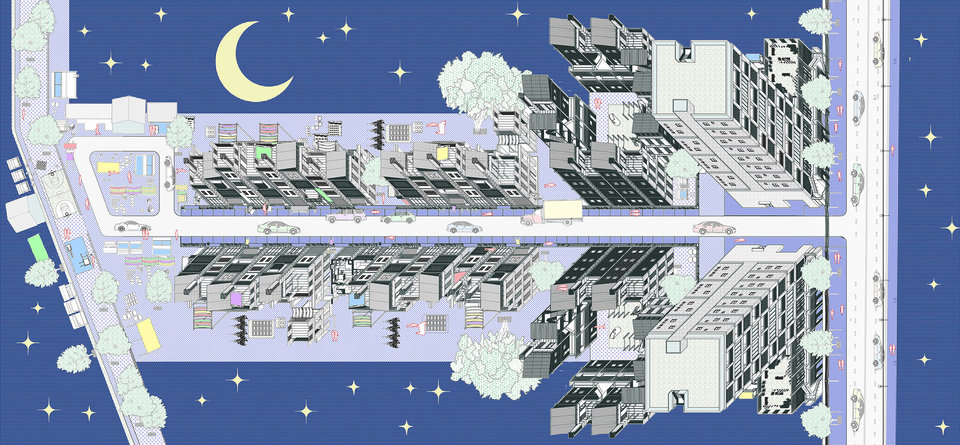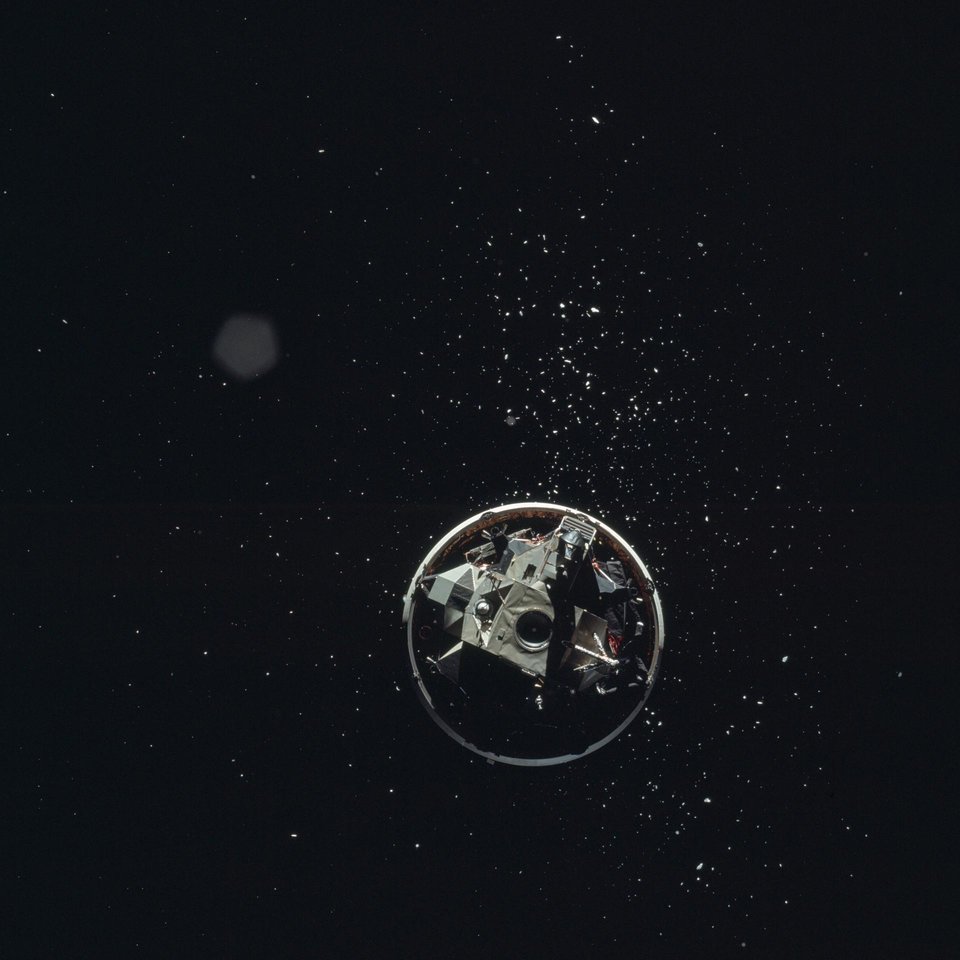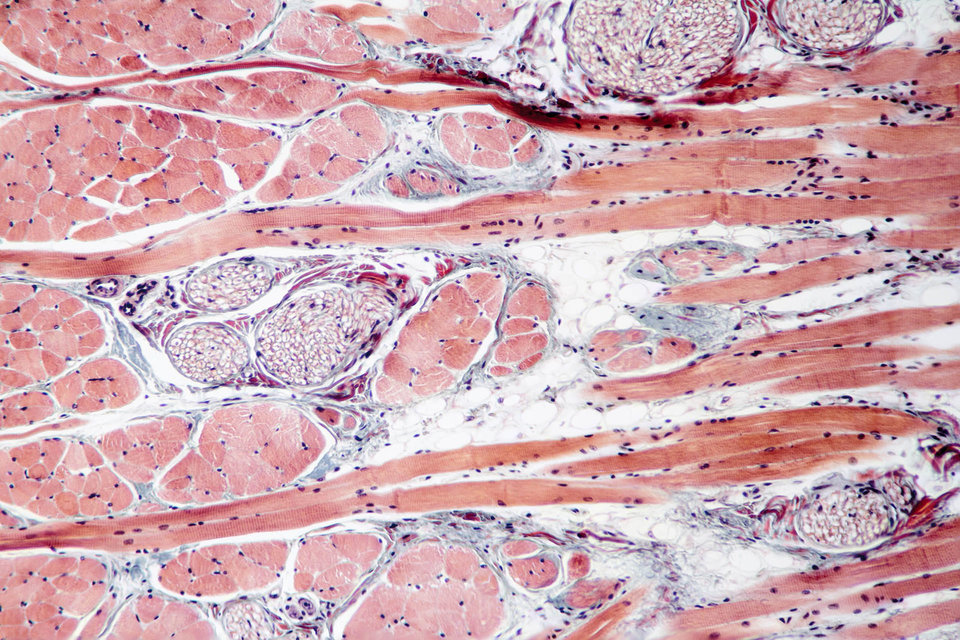TU Delft presents eight Best Graduates 2021
Today, 29 October 2021, Delft University Fund announces the eight TU Delft Best Graduates 2021. Each year, TU Delft’s eight faculties nominate their Best Graduate. On 11 November, during the TU Delft Best Graduate Award Ceremony 2021, one of these eight nominees will receive the prestigious title TU Delft Best Graduate 2021:
TU Delft Best Graduate Award Ceremony 2021
The past year and a half has been an extraordinary time. Especially for our graduates. Every year we are proud of our eight best graduates, but this year even more. And that is precisely why it is important to continue to celebrate special moments. Will you share this pride with us online? You are welcome during the TU Delft Best Graduate Award Ceremony 2021 on Thursday 11 November,16.00 - 17:30hrs. The ceremony will be live broadcasted from the TU Delft Aula, via this livestream link.
TU Delft Best Graduate Award Ceremony 2021
11 november | 16:00 - 17:30
Soon we will publish the livestream link here
Jury 2021
The jury will decide who will ultimately win the TU Delft Best Graduate Award 2021. The jury, consists of:
- Prof. Rob F. Mudde, Vice Rector Magnificus/Vice President Education
- Prof.dr.ir. Hans Hellendoorn
- Cindy de Visser, Executive Director Delft University Fund
- Prof.dr.ir. Max Mulder, Professor of Excellence 2021, Guest jury member 2021
- Ir. Georgios Andreadis, TU Delft Best Graduate 2020, Guest jury member 2021
In addition, an extra prize will be awarded in the categories Best Design, Best Engineering and Best Science. All eight Best Graduates will receive the Best Graduate Medal and Certificate of Excellence in recognition of their master thesis work, their personal dedication and their overall study results and the manner in which they have achieved them. The ultimate TU Delft Best Graduate 2021 will be awarded with the statuette on the road towards a bright future and a new laptop, kindly sponsored by Dell.
